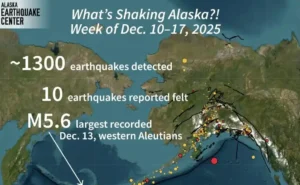Thousands of people gathered in Tehran on Saturday for the funeral honoring 60 victims of the recent conflict. Iranian state media broadcast images of coffins draped in national flags moving slowly past crowds near Enghelab and Azadi squares.
Authorities provided free buses and metro rides, urging citizens to attend and closing all government offices for the national event. Among the dead were top Iranian officials, including General Mohammad Bagheri and nuclear scientist Mohammad Mehdi Tehranchi.
Bagheri’s wife and daughter, also killed in an Israeli airstrike, were buried alongside him during the emotionally charged ceremony. Commander Hossein Salami and missile program chief Amir Ali Hajizadeh, both died on June 13, were also laid to rest.
Funeral attendees chanted “Death to America” and “Death to Israel,” waving Iranian flags and carrying images of the deceased. Iran’s President Masoud Pezeshkian and Rear Admiral Ali Shamkhani, recently injured, attended the public ceremony in the capital.
The war lasted 12 days, ending with a ceasefire after U.S. strikes hit three nuclear sites in Iran over the weekend. In retaliation, Iran launched missiles at a U.S. military base in Qatar, escalating tensions before the ceasefire was confirmed.
Former U.S. President Donald Trump reignited controversy by mocking Iran’s Supreme Leader and threatening future military action. He claimed he spared Ayatollah Ali Khamenei’s life and halted sanction relief talks after Khamenei declared victory over Israel.
Iran’s Foreign Minister Abbas Araghchi condemned Trump’s tone, warning against insulting Iran’s religious and political leader. Araghchi confirmed U.S. and Israeli strikes caused significant damage to Iran’s nuclear infrastructure, calling them “excessive and serious.”
The International Atomic Energy Agency admitted it was unclear how much of Iran’s nuclear program had survived the attacks. Its chief, Rafael Grossi, said diplomacy, not military action, was key to preventing Iran from developing nuclear weapons.












